Can You Color Synthetic Hair Extensions?
A Comprehensive Guide
Thinking about coloring your synthetic hair extensions but not sure if it's possible? Look no further! In this comprehensive guide, we will answer the age-old question: Can you color synthetic hair extensions? Whether you want to add some highlights, transform them into a bold new shade, or simply adjust the color to match your natural hair or even want to hair color your best fake bun hairpiece , we've got you covered.
Now, you may be wondering if there are any limitations or specific methods you need to follow. Well, fear not! We'll walk you through the process step-by-step, sharing all the tips, tricks, and best practices along the way. By the end, you'll have all the knowledge and confidence to experiment with coloring your synthetic hair extensions.
But before we delve into the details, it's important to understand the potential risks and challenges that come with coloring synthetic hair. We'll explore these factors, as well as any precautions you should take, ensuring you make informed decisions and achieve the desired results.
So, whether you're a hair enthusiast or simply curious about coloring synthetic hair extensions, this guide is a must-read for you. Get ready to unleash your creativity and transform your look!
Understanding the limitations of coloring synthetic hair extensions
Synthetic hair extensions are a popular choice for those looking to add length, volume, or a new hair color to their look. However, when it comes to coloring these extensions, it's important to understand the limitations and potential challenges. Unlike natural human hair, synthetic fibers are not as receptive to hair dye and can react differently to the coloring process.
One of the primary limitations of coloring synthetic hair extensions is the limited range of colors that can be achieved. While natural hair can be dyed a wide variety of shades, synthetic hair is typically limited to a more narrow spectrum of colors. This is because the dye molecules do not penetrate the synthetic fibers in the same way as they do with human hair. As a result, the color options for synthetic extensions are often more muted and less vibrant compared to what can be achieved with natural hair.
Another limitation is the durability of the color on synthetic hair. Natural hair can hold onto color for an extended period, but synthetic fibers tend to fade more quickly, especially when exposed to heat, UV rays, or frequent washing. This means that any color changes made to synthetic extensions may not last as long as those made to your own hair, and you may need to reapply the color more frequently to maintain the desired look.
Factors to consider before coloring synthetic hair extensions
Before you embark on the journey of coloring your synthetic hair extensions, it's important to consider several key factors that can impact the success and longevity of the results. One of the most crucial factors is the type of synthetic material used in the extensions. Different synthetic fibers, such as nylon, polyester, or acrylic, may respond differently to the coloring process and require specific techniques or products to achieve the desired outcome.
Another important factor to consider is the current color of your synthetic extensions. Lighter shades will generally be easier to dye, while darker colors may require more extensive bleaching or color-stripping before a new shade can be applied. This can be a more complex and potentially damaging process, so it's essential to proceed with caution and seek guidance from a professional if necessary.
The condition of your synthetic extensions is also a crucial factor. If the extensions are already heavily damaged or worn, the coloring process may further compromise their integrity, leading to tangling, shedding, or an overall unnatural appearance. It's best to start with high-quality, well-maintained synthetic hair extensions to ensure the best possible results when coloring.

Different methods for coloring synthetic hair extensions
When it comes to coloring synthetic hair extensions, there are several methods to consider, each with its own advantages and drawbacks. The most common approaches include using semi-permanent hair dyes, permanent hair dyes, and specialized synthetic hair coloring products.
Semi-permanent hair dyes are a popular choice for coloring synthetic extensions because they offer a relatively gentle and temporary solution. These dyes deposit color on the surface of the synthetic fibers without penetrating deeply, which can help preserve the integrity of the extensions. However, the color payoff may be more muted, and the results may not last as long as those achieved with permanent dyes.
Permanent hair dyes, on the other hand, can provide more vibrant and long-lasting color results on synthetic extensions. These dyes work by penetrating the synthetic fibers and bonding with the material, creating a more durable color. However, the coloring process can be more intense and may require additional steps, such as pre-lightening or using specific dye formulas designed for synthetic hair.
Specialized synthetic hair coloring products are another option to consider. These products are specifically formulated to work with the unique properties of synthetic fibers, often offering a more predictable and reliable coloring experience. These products may come in the form of dyes, tints, or color-depositing conditioners, each with its own set of advantages and application methods.
Step-by-step guide to coloring synthetic hair extensions
If you've decided to take the plunge and color your synthetic hair extensions, it's essential to follow a carefully planned process to ensure the best possible results. Here's a step-by-step guide to help you through the process:
- Prepare your synthetic extensions: Start by thoroughly cleaning and drying your synthetic extensions. This will help ensure the color adheres evenly and reduces the risk of uneven or patchy results.
- Conduct a patch test: Before applying any color to your entire set of extensions, it's crucial to perform a patch test on a small, inconspicuous area. This will help you determine how the synthetic fibers respond to the coloring process and identify any potential issues or adverse reactions.
- Choose your coloring method: Decide which coloring method you'll use, whether it's semi-permanent dye, permanent dye, or a specialized synthetic hair coloring product. Consider the current color of your extensions, your desired outcome, and the limitations of each method.
- Prepare your coloring solution: Follow the instructions provided with your chosen coloring product, carefully measuring and mixing the components as directed. This will ensure you have the right concentration and consistency for effective and even coverage.
- Apply the color: Gently apply the coloring solution to your synthetic extensions, taking care to cover every strand evenly. Use a brush or applicator bottle for precision and to avoid any drips or uneven application.
- Process the color: Allow the color to process for the recommended amount of time, which may vary depending on the product you're using. During this time, avoid touching or manipulating the extensions to prevent uneven results.
- Rinse and condition: Once the processing time is up, thoroughly rinse the extensions under cool, running water to remove any excess color. Follow up with a gentle, color-safe conditioner to help seal the color and keep the extensions soft and manageable.
- Style and enjoy: After the extensions have been rinsed and conditioned, you can style them as desired and incorporate them into your hairstyle. Be mindful of any special care instructions provided by the coloring product manufacturer.

Tips for maintaining the color of synthetic hair extensions
Maintaining the vibrant color of your synthetic hair extensions can be a bit more challenging compared to natural hair, but with the right care and attention, you can extend the life of your new hue. Here are some tips to help you keep your synthetic extensions looking their best:
- Use color-safe products: opt for shampoos, conditioners, and styling products that are specifically formulated for color-treated hair or synthetic extensions. Avoid harsh chemicals and sulfates, which can strip the color and damage the fibers.
- Limit heat exposure: Heat from styling tools, such as blow dryers, curling irons, and flat irons, can accelerate the fading of synthetic hair color. Try to minimize the use of heat-based styling whenever possible and use a heat protectant product when you do need to use hot tools.
- Protect from UV exposure: Prolonged exposure to sunlight and UV rays can also cause the color in your synthetic extensions to fade more quickly. When spending time outdoors, consider wearing a hat or using a UV-protective product on your extensions.
- Wash gently: When washing your synthetic extensions, use cool or lukewarm water and a gentle, sulfate-free shampoo. Avoid scrubbing or agitating the extensions too vigorously, as this can lead to tangles, shedding, and color loss.
- Condition regularly: Regularly applying a color-safe conditioner or a specialized synthetic hair conditioner can help maintain the softness, shine, and vibrancy of your colored extensions. Follow the manufacturer's instructions for optimal results.
- Store properly: When not in use, store your synthetic extensions in a cool, dry place, away from direct sunlight. Consider using a storage case or bag to protect the fibers and color from environmental factors.
By following these tips, you can help ensure that your colored synthetic hair extensions maintain their vibrant hue and healthy appearance for as long as possible.
Common mistakes to avoid when coloring synthetic hair extensions
While coloring synthetic hair extensions can be a fun and creative way to change up your look, it's important to be aware of the common mistakes that can occur during the process. Avoiding these pitfalls can help you achieve the desired results and prevent any unwanted damage to your extensions.
- Failing to do a patch test: As mentioned earlier, conducting a patch test is crucial to ensure the coloring process doesn't cause any adverse reactions or unexpected results. Skipping this step can lead to disastrous outcomes, such as uneven color, fading, or even permanent damage to the synthetic fibers.
- Using the wrong type of dye: Not all hair dyes are created equal, and using the wrong type of dye for synthetic hair can lead to poor color payoff, uneven results, or even complete failure of the coloring process. Always choose dyes or coloring products specifically formulated for synthetic or non-human hair.
- Overprocessing the color: It's easy to get carried away and leave the color on for too long, especially if you're aiming for a bold or dramatic shade. However, this can cause the synthetic fibers to become brittle, dry, and prone to tangling or shedding. Follow the manufacturer's instructions carefully and avoid over-processing the extensions.
- Neglecting proper aftercare: Failing to properly care for your colored synthetic extensions can result in faded, dull, or damaged hair. Skipping essential steps like using color-safe products, limiting heat exposure, and storing the extensions properly can all contribute to the premature loss of the vibrant color you worked so hard to achieve.
- Attempting complex color transformations: While it's possible to achieve dramatic color changes with synthetic extensions, it's often best to stick to more subtle or gradual color transformations. Attempting to go from a dark shade to a light blonde, for example, may require extensive bleaching and multiple coloring sessions, which can significantly compromise the integrity of the synthetic fibers.
- Ignoring the limitations of synthetic hair: It's important to remember that synthetic hair, no matter how high-quality, will never behave exactly like natural human hair. Expecting the same level of color payoff, longevity, and versatility can lead to disappointment and frustration. Embrace the unique properties of synthetic extensions and work within their limitations for the best results.
By being mindful of these common mistakes and taking the necessary precautions, you can successfully color your synthetic hair extensions and enjoy a vibrant, long-lasting transformation.
Alternative options for achieving desired hair colors with synthetic extensions
While coloring synthetic hair extensions can be a viable option, it's not the only way to achieve your desired hair color. If you're hesitant about the limitations or potential risks of coloring synthetic hair, there are alternative options you can consider.
One popular alternative is to opt for pre-colored synthetic hair extensions. Many manufacturers offer a wide range of pre-dyed shades, from natural-looking hues to bold and vibrant colors. This can be a convenient and low-maintenance solution, as you don't have to worry about the coloring process or potential damage to the extensions.
Another option is to mix and match different shades of synthetic extensions to create a custom color blend. By strategically placing extensions of varying shades, you can achieve a multi-dimensional, ombre, or balayage-inspired look without the need for coloring. This approach allows you to experiment with different color combinations and can be a great way to add depth and dimension to your hairstyle.
If you're looking for a more temporary solution, consider using hair chalk, temporary hair dyes, or color-depositing products specifically designed for synthetic hair. These options can provide a quick and easy way to change up your look without the commitment of permanent color. Just keep in mind that these temporary solutions may not last as long as more permanent coloring methods.
Lastly, you can explore the option of using clip-in or tape-in synthetic hair extensions that can be easily swapped out when you're ready for a new color. This allows you to experiment with different shades without the need for extensive coloring or maintenance.
By exploring these alternative options, you can achieve your desired hair color without the potential risks or limitations associated with coloring synthetic extensions. Choose the approach that best suits your needs, budget, and comfort level, and enjoy the versatility of synthetic hair extensions.
Professional vs. DIY coloring of synthetic hair extensions
When it comes to coloring synthetic hair extensions, you have the choice of either doing it yourself (DIY) or seeking the help of a professional stylist. Each approach has its own advantages and drawbacks, and the decision ultimately depends on your skill level, budget, and desired outcome.
DIY coloring of synthetic extensions can be a cost-effective and convenient option, especially if you're comfortable with hair-coloring techniques and have experience working with synthetic fibers. By doing it yourself, you have more control over the process and can experiment with different colors and techniques to achieve your desired look. However, it's important to thoroughly research the appropriate methods, products, and precautions to avoid any potential damage or unsatisfactory results.
On the other hand, enlisting the help of a professional stylist can be a safer and more reliable option, particularly if you're new to coloring synthetic extensions or are aiming for a more complex or dramatic transformation. Experienced stylists have the expertise and specialized tools to work with synthetic hair and can help you navigate the coloring process, ensuring optimal results and minimizing the risk of damage. Additionally, they can provide valuable advice and guidance on maintaining the color and condition of your synthetic extensions.
The decision between DIY and professional coloring ultimately comes down to your comfort level, budget, and the complexity of the color change you're seeking. If you're confident in your skills and are going for a relatively simple or subtle color update, DIY coloring may be a viable option. However, if you're looking to achieve a dramatic makeover or are unsure about the process, it's generally recommended to seek the guidance of a professional stylist to ensure the best possible outcome.
Regardless of your choice, it's essential to do your research, follow best practices, and prioritize the health and integrity of your synthetic hair extensions throughout the coloring process. With the right approach and care, you can successfully transform the color of your synthetic extensions and enjoy a stunning new look.
Conclusion and final thoughts on coloring synthetic hair extensions
In conclusion, coloring synthetic hair extensions is a viable option for those looking to experiment with their hair color, but it's important to approach the process with caution and a clear understanding of the limitations and potential challenges involved.
While the range of colors and the durability of the results may not be as extensive as what can be achieved with natural hair, the ability to color synthetic extensions can still open up a world of creative possibilities. By carefully considering the factors, choosing the appropriate coloring method, and following best practices, you can successfully transform the color of your synthetic extensions and enjoy a stunning new look.
Whether you opt for a DIY approach or seek the guidance of a professional stylist, the key is to prioritize the health and integrity of your synthetic hair extensions throughout the process. With the right care and attention, you can maintain the vibrant color and the natural-looking appearance of your synthetic extensions for an extended period.
So, if you're feeling inspired to add a new hue to your synthetic hair extensions, go forth and embrace the creative possibilities! Just remember to do your research, take the necessary precautions, and enjoy the transformative power of color. Happy coloring!


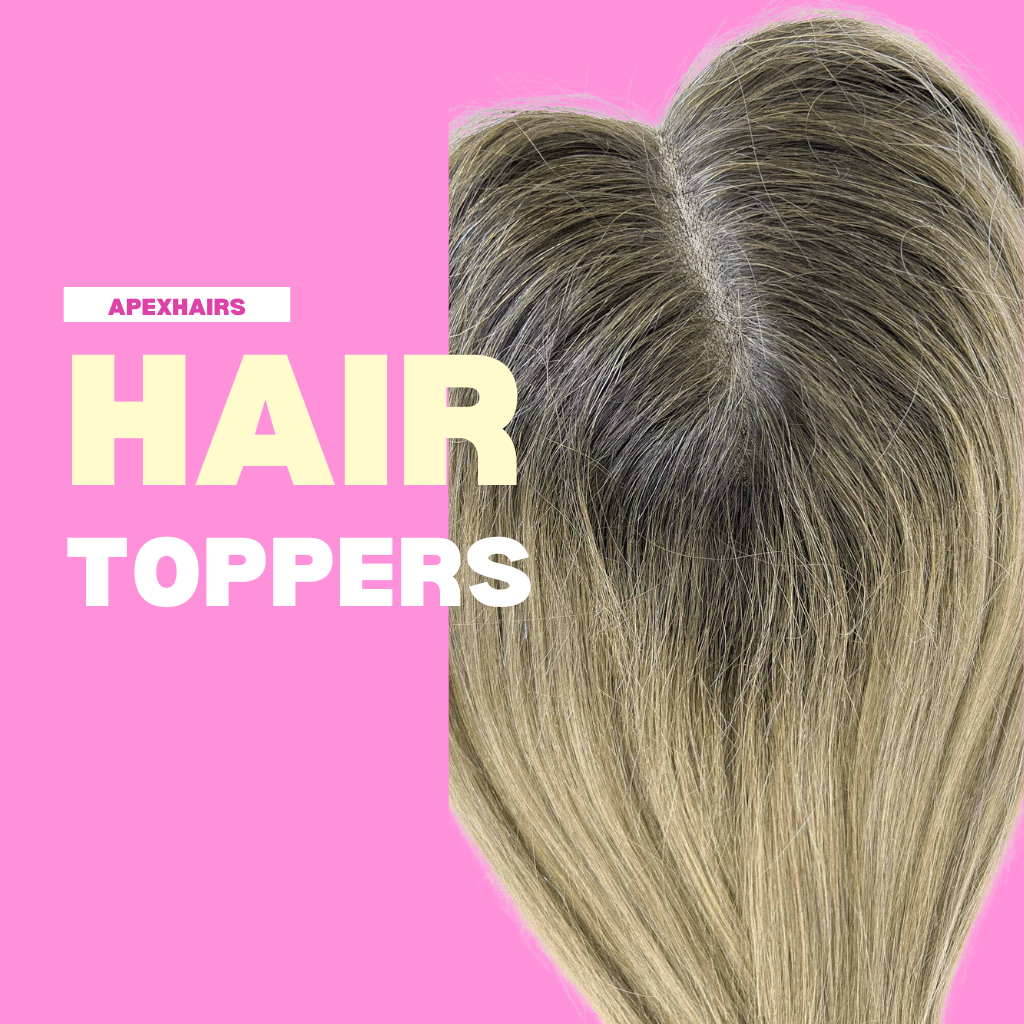
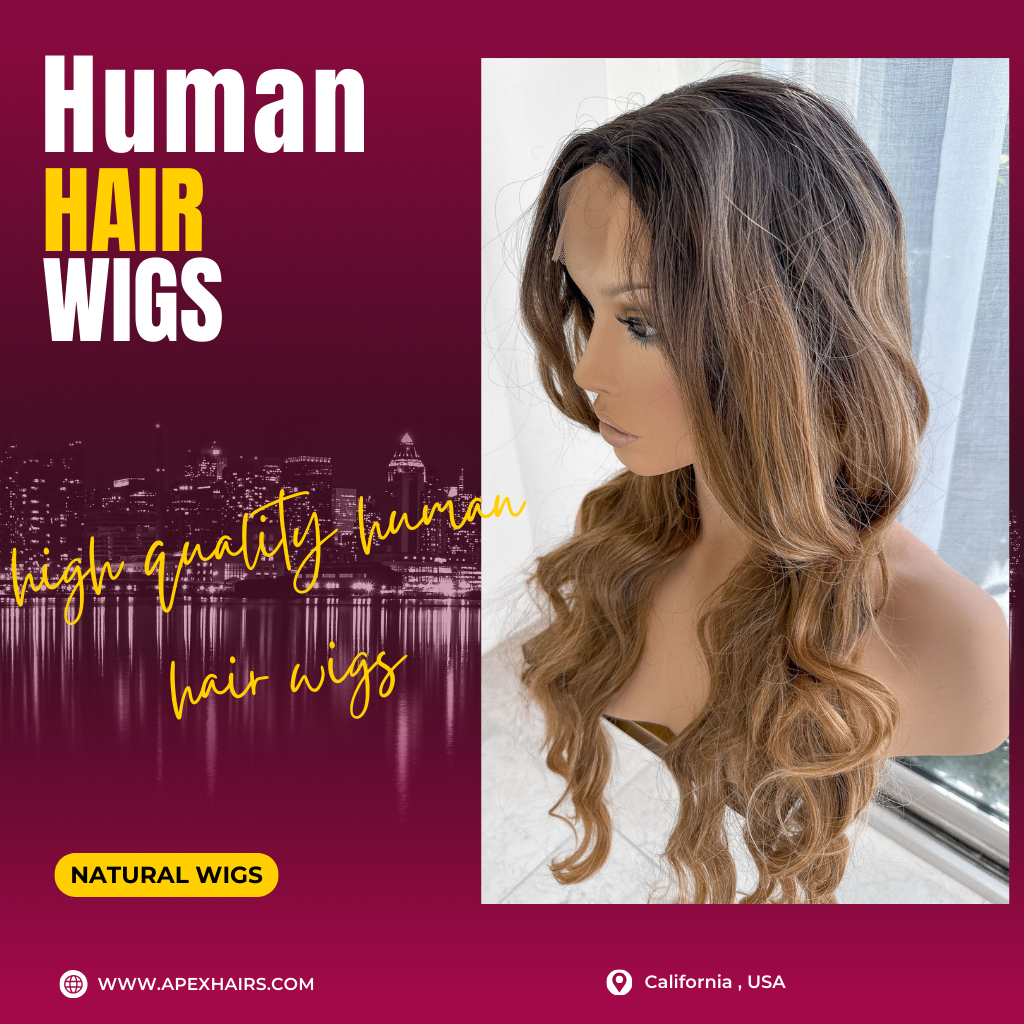
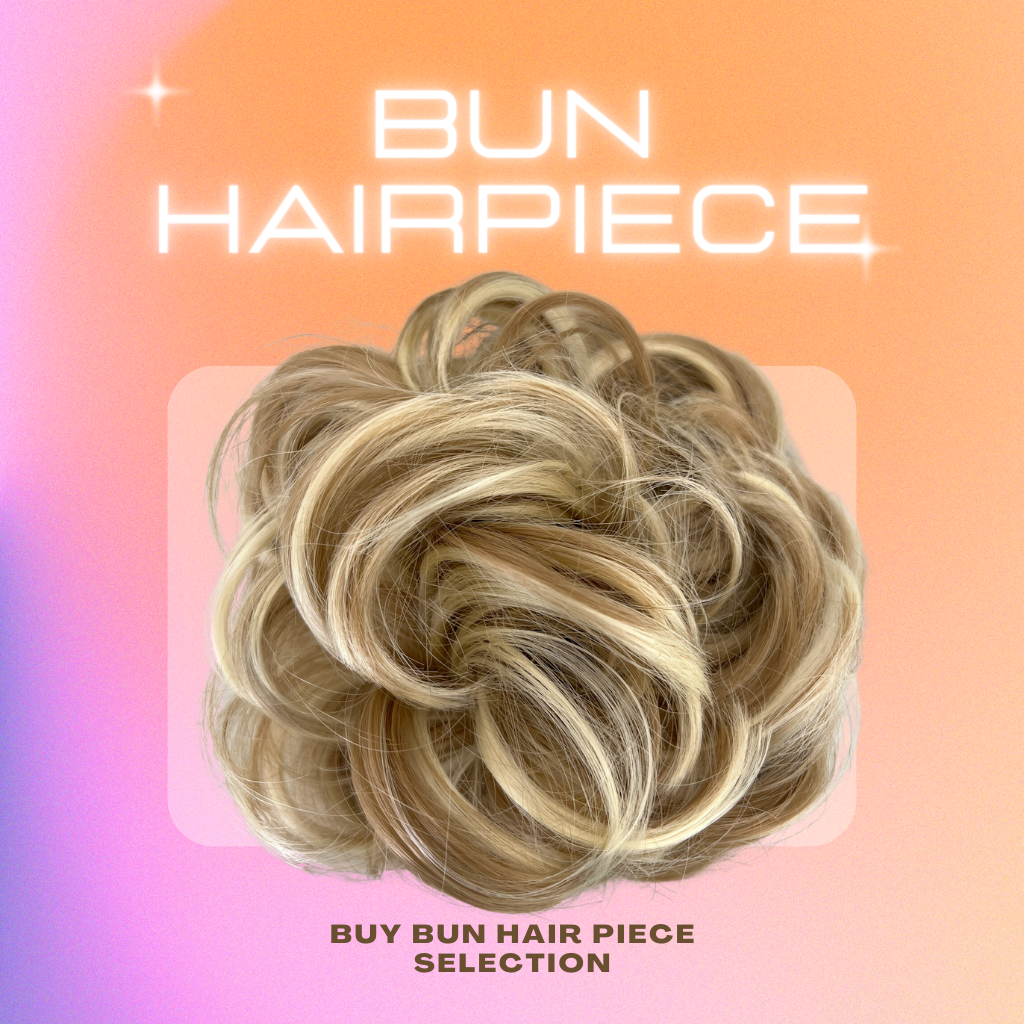







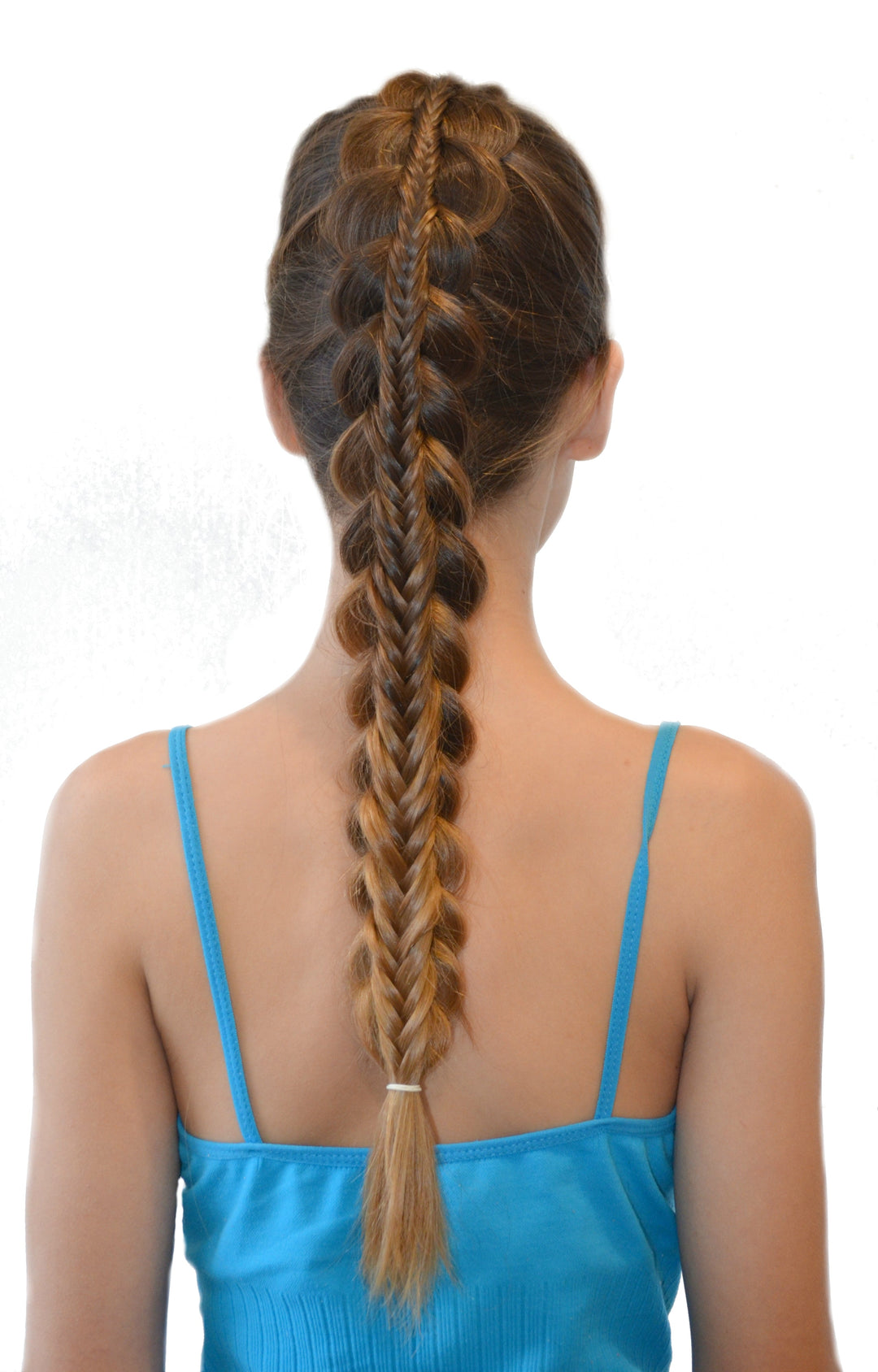
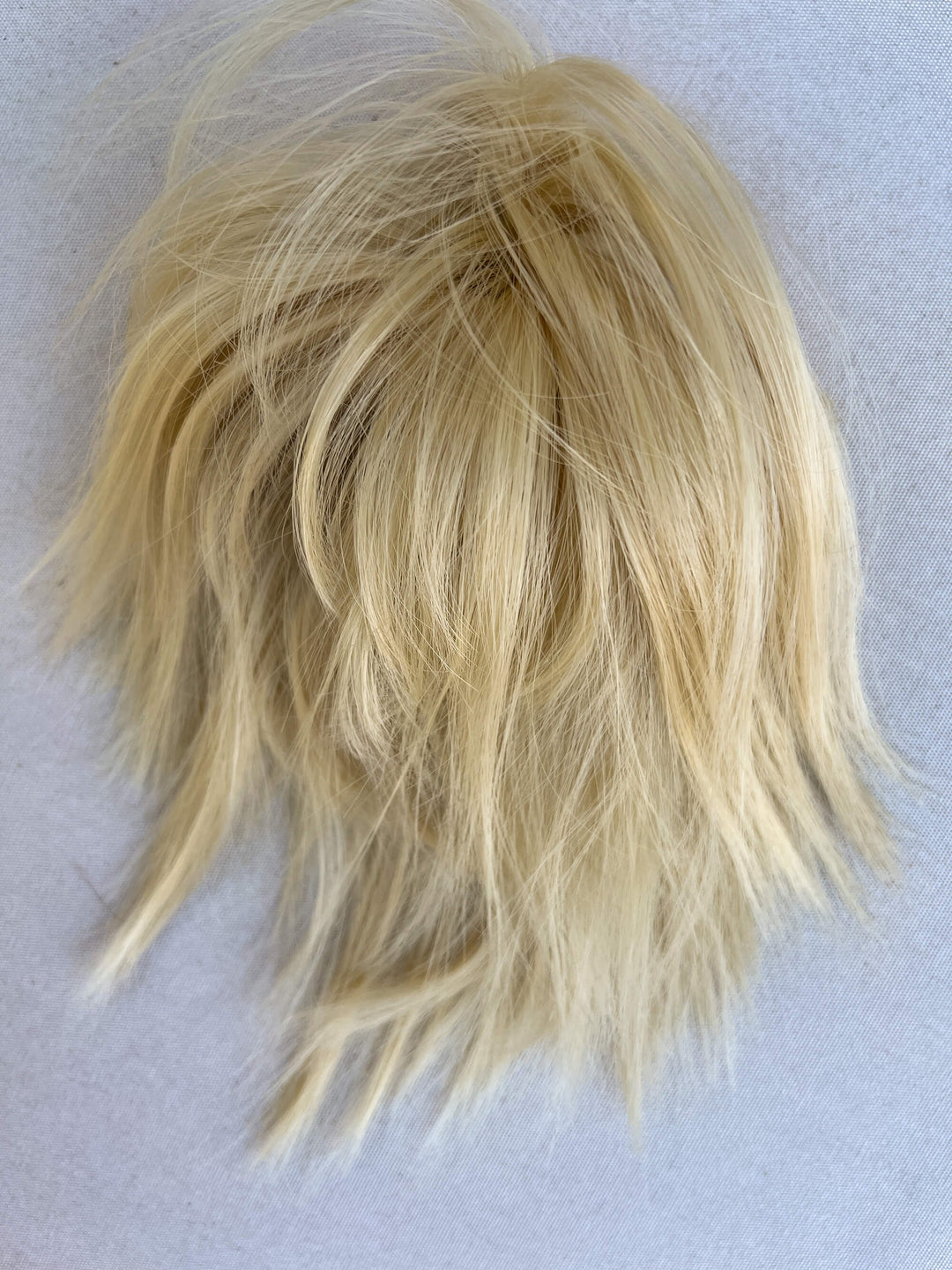
Leave a comment